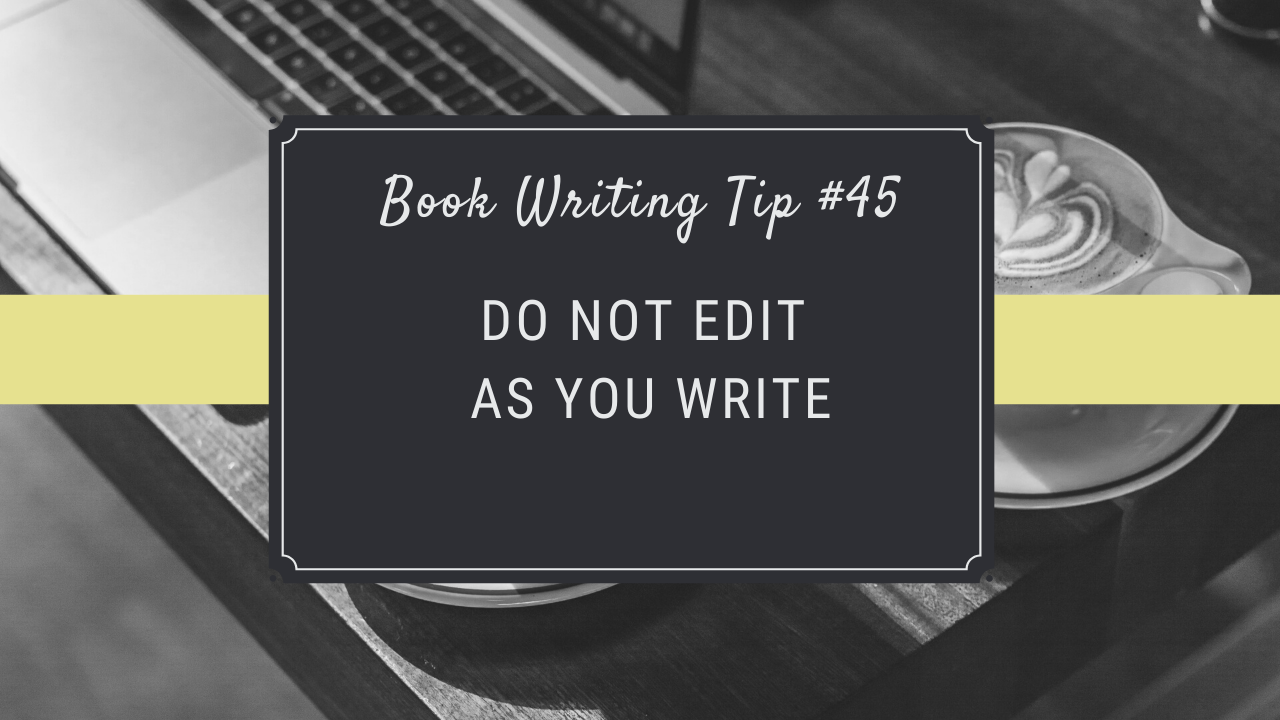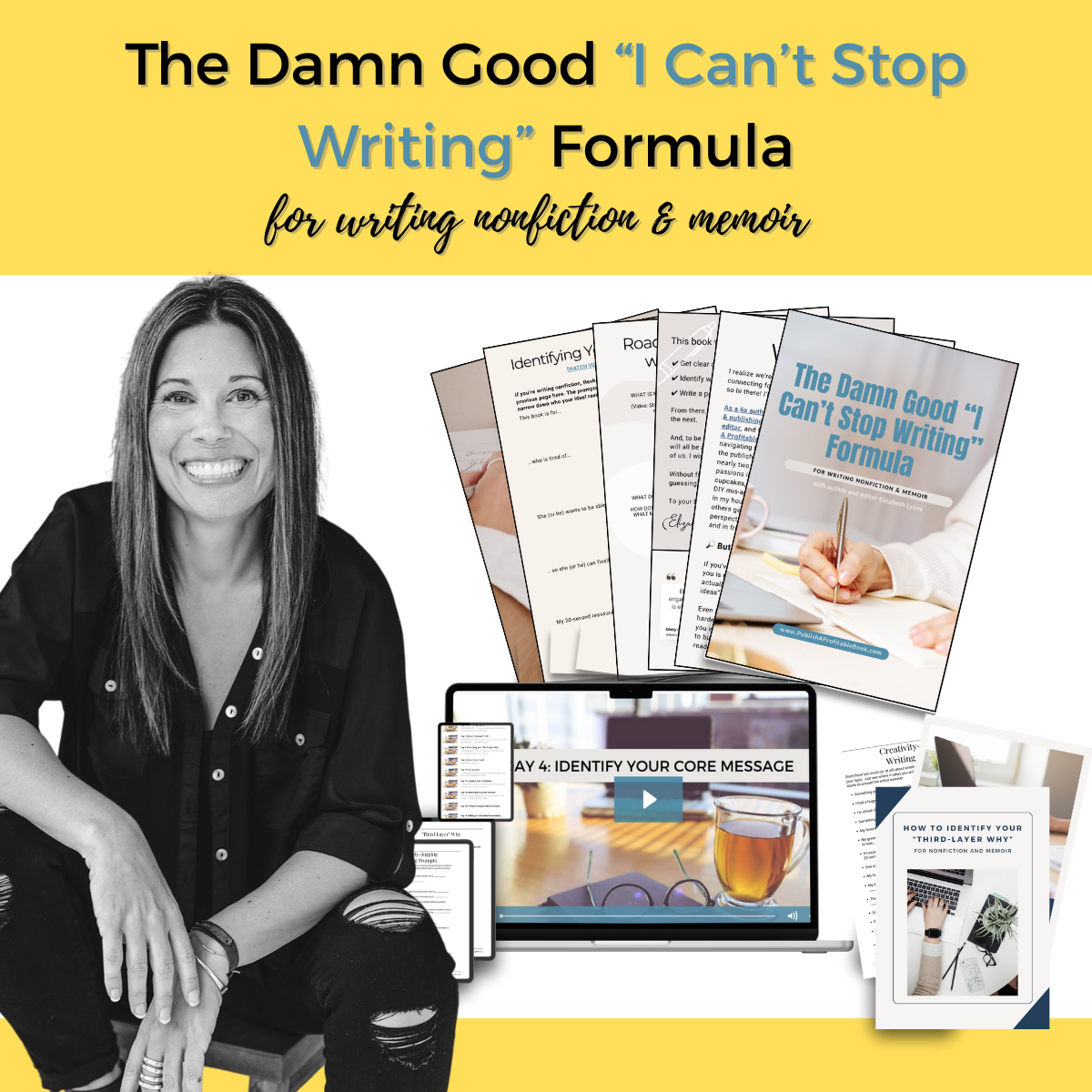Book Writing Tip #45: Don't Edit As You Write!

"Just edit as you go," they say. "It will keep everything clean and save you tons of time on the back end."
I don't know who "they" are in this scenario, but they're wrong!
Have you declared (with lukewarm confidence) any of the following?
"As soon as I iron out the details of this chapter, I'll move on to the next."
"I'm just stuck on whether or not this metaphor makes sense."
"I'm trying to decide whether the content in chapter 2 makes sense; then I'll move on."
"Chapter 4 should perhaps be chapter 2 and chapter 3 should perhaps disappear altogether. As soon as I figure that out, I'll continue on."
While your intentions may be the best of the best, if you are editing (or strategizing chapter order, or debating content, or researching proper comma use) as you write, you are doing yourself a disservice. Here's why:
1. In 99.978% of cases, editing as you go (or telling yourself that you are) is a form of procrastination.
2. In the other .022% of cases, editing as you go is a symptom of perfectionism, which is also a form of procrastination in many instances, this one included.
The truth behind all of this is, if you don't ever finish writing the book, you don't have to put it in front of an editor. If you don't put it in front of an editor, you don't run the risk of an editor telling you it needs a lot of work.
So you stay happy in your little bubble of "I'm writing a book! Isn't that great! When will I finish it? I don't know...possible never!"
Here are the steps you NEED to take when it comes to writing your book (so that it gets written, published and out there, impacting others, just as you intended).
1. Write the damn thing. Just write. Don't think about grammar, punctuation, order, tone, flow, other people's opinions, your own opinions, who will publish it, how well it will sell, or what the cover will look like and whether that coordinates with the content in chapter 2.
2. Once you are 95% sure that you've unloaded everything you might want to include (and accepted that you may have left out a few things that need to be included), start going back through from the beginning and honing. This is merely a LOOSE edit. This isn't getting uber particular about chapter order or event description --- those are things your editor is best suited to help with. This is just general clean-up, organization of thoughts, clarification of details, and removal of the 569 instances of ellipses (...) or phrases such as "The thing is..."
3. Get it in the hands of an editor you are confident partnering with. His or her job is to polish it. Editors start with a heavy grit sandpaper and work their way toward a fine grit, usually over 2-3 rounds of editing. You don't want the editor to have to start with 60-grit sandpaper (which is extremely rough) because that will take them far more time and, in return, cost you far more money.
As an editor, I like to start with 220-grit sandpaper, then move to 180-grit, and finish up with 1000-grit, buffing the product to a gorgeous finish.
If you've been editing as you go and recognize yourself in any of this, it's so important not to beat yourself up over it. Simply recognize it! Say, "Yep, that's what I've been doing!" and then follow the above steps, get yourself aligned with a fabulous editor, and commit to getting that book buffed to near perfection (because it will NEVER be perfect! Nothing is!).
Want to Stay in the Know?
Sign up to receive the latest book industry news and updates!







